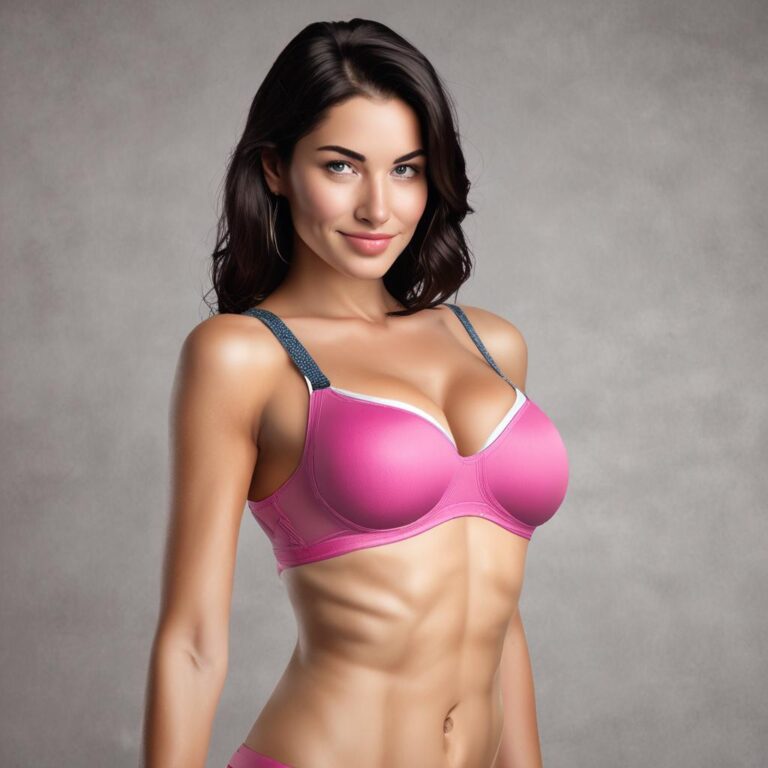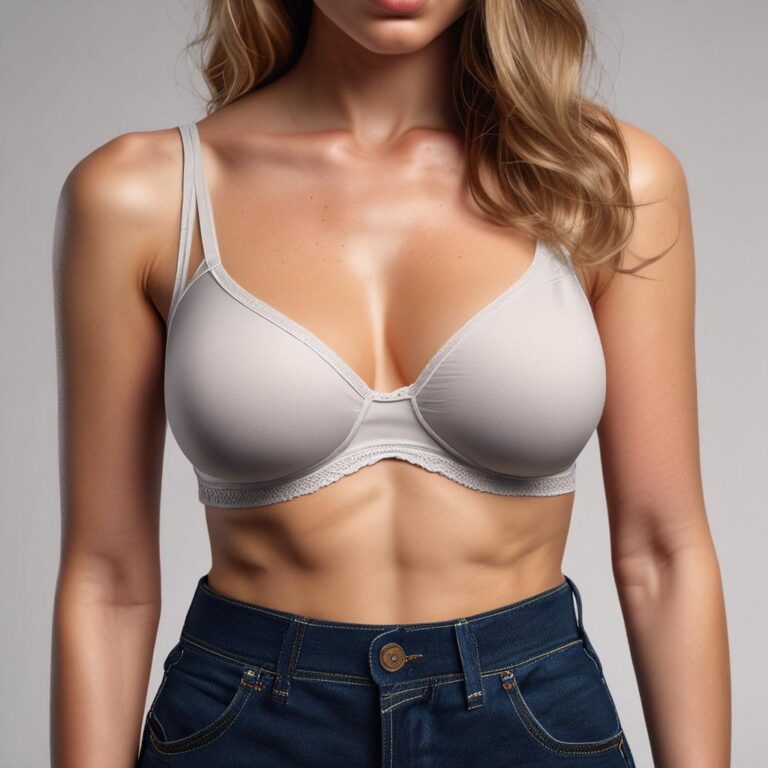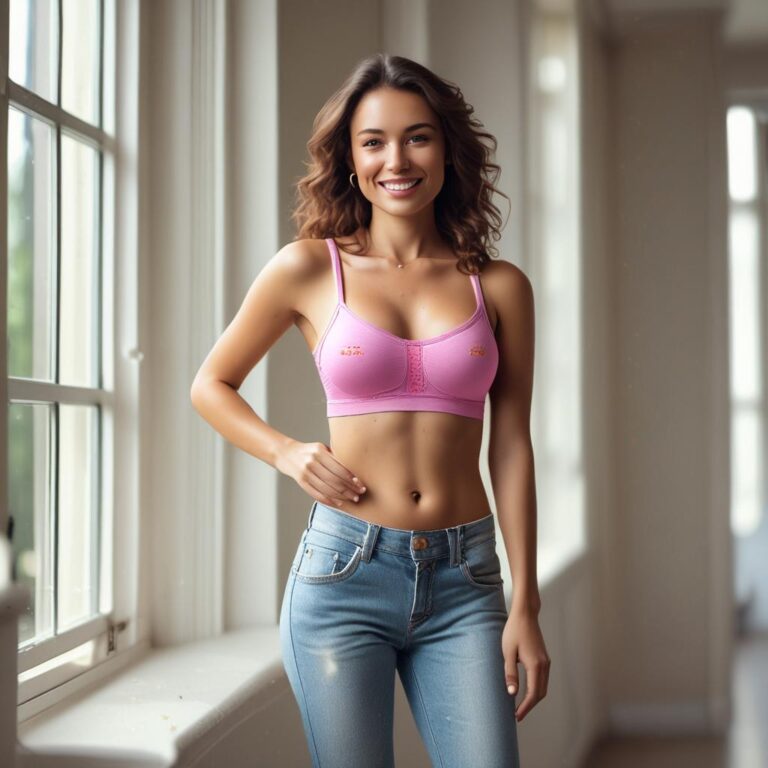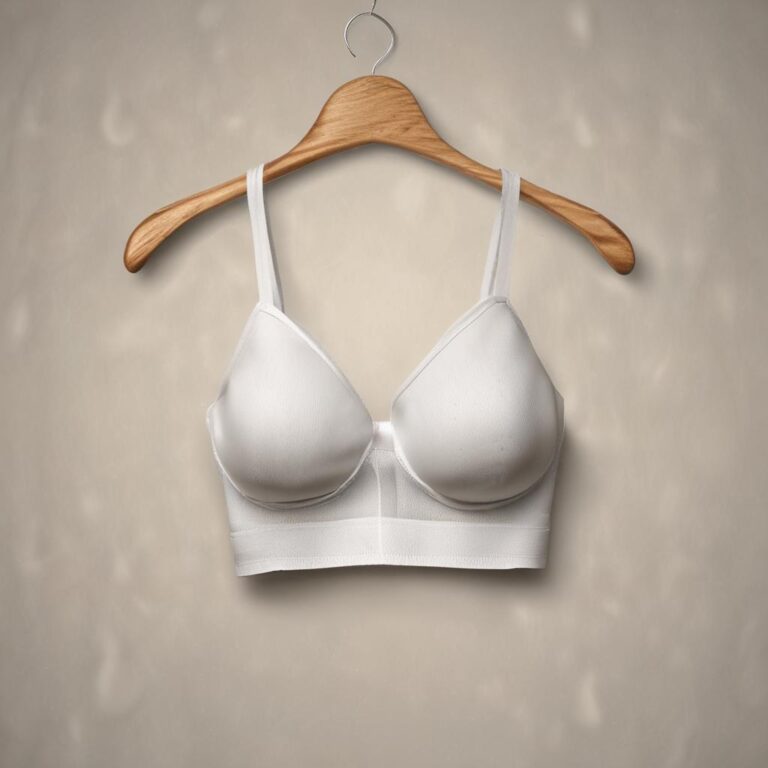Discovering the Perfect Fit: A Comprehensive Guide to C Cup Bras
Determining the perfect bra size is a journey that many women embark on, often marked by discomfort, frustration, and a lack of understanding about the intricacies of bra sizing. Today, we’re here to shed some light on a common question: who should wear a C cup bra? By the end of this post, you’ll have a clear understanding of what a C cup bra is, who it’s designed for, and how to find the perfect fit for your unique body.
Understanding Bra Sizes
Before we dive into the specifics of a C cup bra, let’s first ensure we’re all on the same page about bra sizing.
A. Band Size
The band size is the measurement around your ribcage, just beneath your breasts. It’s a crucial factor in determining the perfect fit, as it provides the majority of the support in a bra. A properly fitting band should be snug but comfortable, sitting parallel to the floor when you’re standing up straight.
B. Cup Size
The cup size, on the other hand, indicates the volume of breast tissue that needs to be accommodated. The alphabetical scale – from A to DD and beyond – corresponds to increments of approximately one inch in breast volume. For instance, a B cup is roughly one inch larger than an A cup, while a C cup is another inch larger than a B cup.
What is a C Cup Bra?
Now that we’ve clarified the basics of bra sizing, let’s explore what a C cup bra entails.
A. Measurements
A C cup bra typically has a band size ranging from 30 to 44 and a cup size that accommodates approximately 4.5 inches (11.4 cm) of breast tissue. Here’s a simple breakdown:
- Band size: 30 to 44
- Cup size: C (approximately 4.5 inches or 11.4 cm of breast tissue)
B. Characteristics
C cup bras are designed for women with average to full busts, providing adequate support and lift. They are suitable for various breast shapes, including wide-set, full, or those with a natural forward projection. A well-fitting C cup bra should offer:
Essential Checklist
Goal Definition
Clearly define objectives and success metrics
Resource Planning
Allocate necessary time, budget, and personnel
Implementation Strategy
Develop step-by-step execution plan
Quality Assurance
Establish testing and validation procedures
Performance Monitoring
Set up tracking and reporting systems
Essential items for Who Should Wear C Cup Bra
Who Should Wear a C Cup Bra?
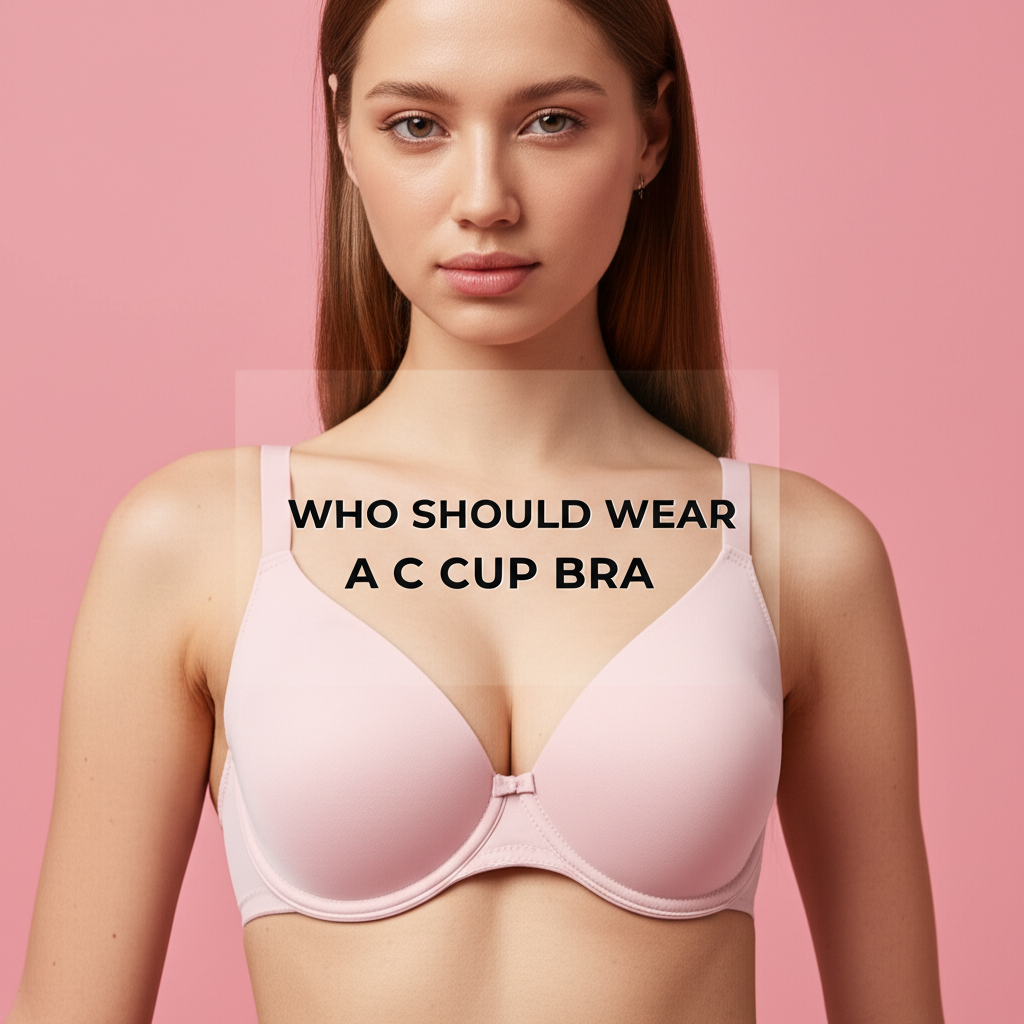
A. Women with Average to Full Bust
C cup bras are designed to accommodate breasts that measure approximately 4.5 inches (11.4 cm) in volume. This makes them suitable for women with average to full busts, who may experience discomfort or poor support in smaller cup sizes.
B. Women with Wide-Set or Full Breasts
If you have wide-set or full breasts, a C cup bra can provide the support and comfort you need. The larger cup size can accommodate your breast tissue more effectively, preventing spillage or discomfort.
C. Women with Smaller Band Size
For those with a smaller band size (e.g., 30, 32), a C cup can help balance out the proportion between your band and cup sizes. A larger cup size can prevent your breasts from appearing too large in relation to your smaller band size.
When to Consider Sizes Other Than C
While a C cup bra may work for many women, it’s essential to recognize when a different size might be more suitable.
A. Too Much Spillage or Overflow
If you find that your breasts are spilling out of the cups, overflowing at the top, or creating quadraboob (when breasts spill out of the bottom of the cups), it might be time to consider a D cup or larger.
B. Requiring More Support
If you feel that a C cup bra isn’t providing enough support, you may need a smaller band size or a more structured bra with wider straps, a lower cut back, or reinforced cups.
C. Discomfort or Unsupportive Fit
Any signs of discomfort, such as digging straps, a too-tight band, or breasts not being fully contained within the cups, indicate that you may need to try a different size or type of bra.
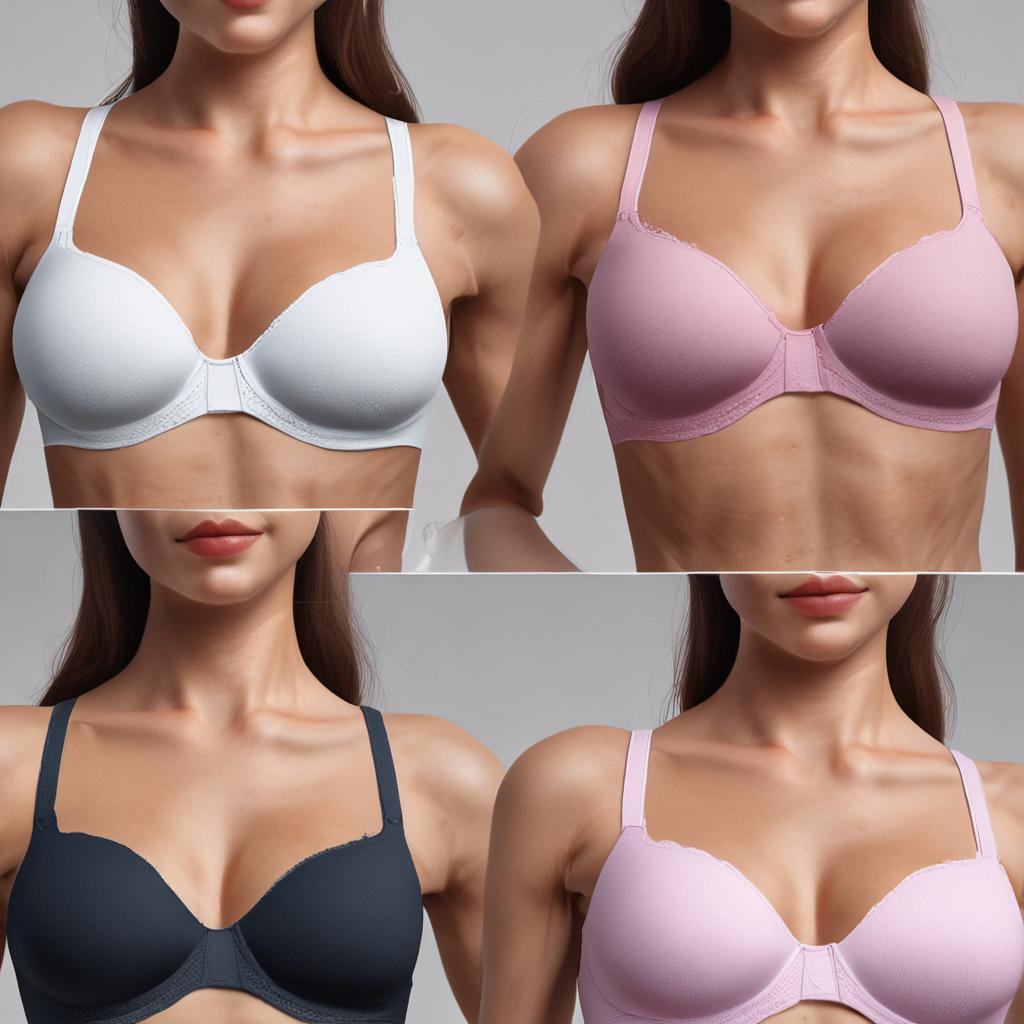
Finding the Perfect C Cup Bra
A. Professional Fitting
The first step in finding the perfect C cup bra is to get professionally measured. A professional bra fitter can provide expert guidance and help you find the most accurate size and style for your unique body.
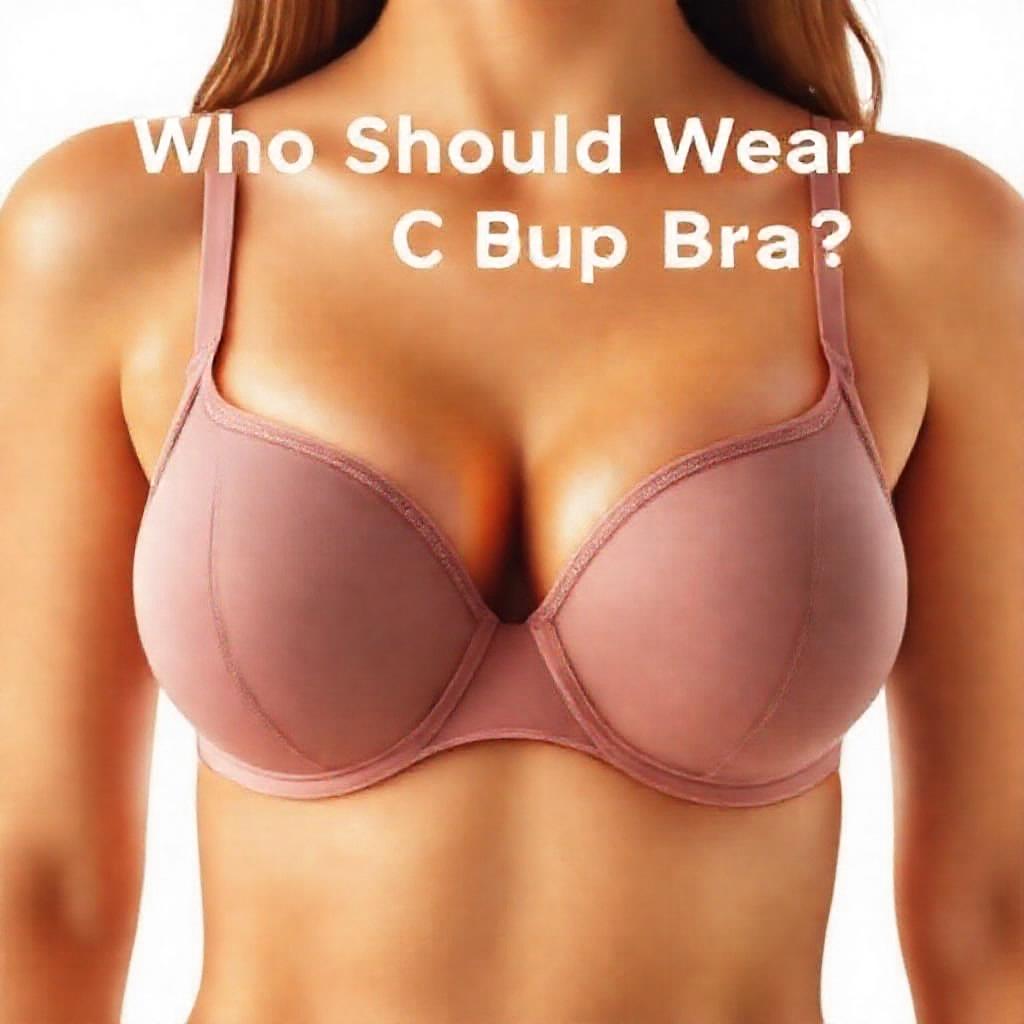
B. Trying On Different Styles
Once you have your size, don’t be afraid to try on different styles of C cup bras to find the one that offers the best fit and comfort for your body. Some styles to consider include:
Conclusion
Determining the perfect bra size is a journey of self-discovery and trial and error. By understanding your band and cup sizes, and recognizing the characteristics of a C cup bra, you’re well on your way to finding the perfect fit. Don’t be afraid to explore different styles and seek professional help when needed. After all, the right bra can make a world of difference in your comfort, confidence, and overall well-being.
FAQ
Q: How can I tell if my breasts are a C cup?
A: Measure your band size and cup size using a measuring tape. To determine your cup size, subtract your band size from your bust measurement. The difference will correspond to a specific cup size on the bra sizing chart.
Q: Can I wear a C cup bra if I have a smaller band size?
A: Yes, but consider a more structured or full coverage bra for added support. A smaller band size requires more support from the bra itself, so opting for a bra with wider straps, a lower cut back, or reinforced cups can help ensure a comfortable fit.
Q: How do I know if I need a D cup or larger?
A: Look for signs of spillage, overflow, or discomfort in a C cup bra. If your breasts are not fully contained within the cups, or you’re experiencing discomfort, it may be time to try a larger cup size.
Q: Can I wear a C cup bra if I have sagging breasts?
A: Yes, but consider a bra with more support and lift, like a balconette or plunge style with wider straps. These styles can help enhance the natural shape of your breasts and provide the support you need.
Q: How often should I get measured for a bra?
A: Every 6 months to a year, or whenever you experience significant weight changes. Bra sizes can change over time due to factors such as weight fluctuations, hormonal changes, or simply the natural aging process. Regular bra fittings can help ensure that you’re always wearing the most supportive and comfortable size for your body.

